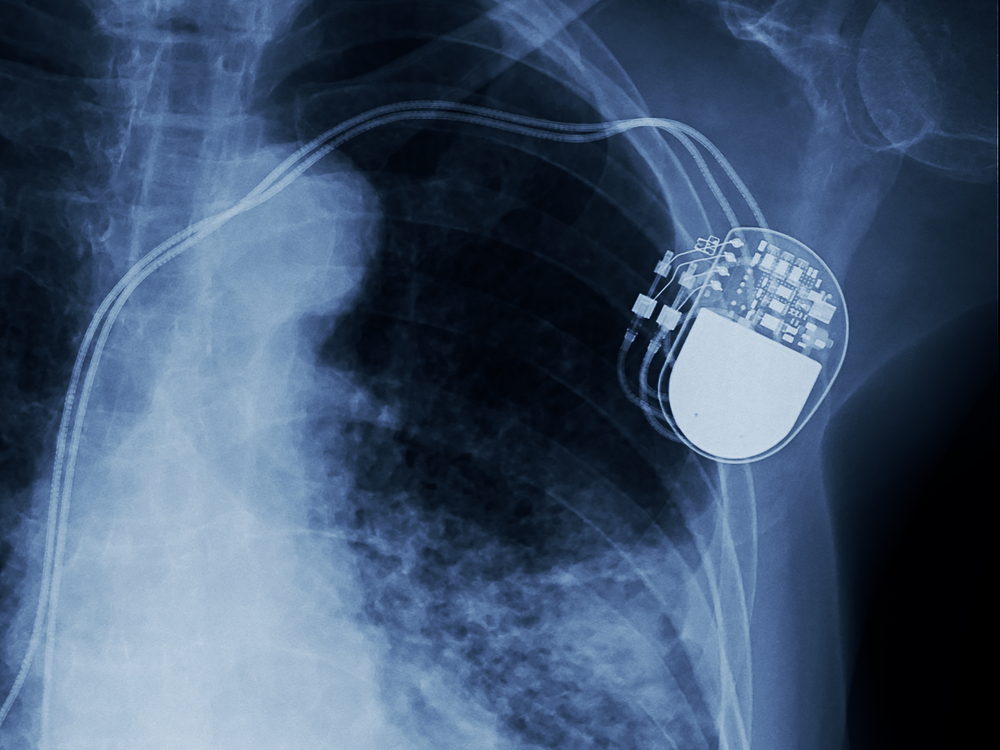Contents:
- Medical Video: Atypical Breast Lesions and Benign Breast Disease — Mayo Clinic
- What are the symptoms of intraductal papilloma?
- Treating intraductal papilloma
- What will happen after that?
- How can we prevent intraductal papilloma?
Medical Video: Atypical Breast Lesions and Benign Breast Disease — Mayo Clinic
Lumps in the breast or tumor in the breast can cause fear and anxiety for everyone. Breast tumors do not always mean cancer, and benign tumors are intraductal papillomas.
Intraductal papilloma is a tumor that is benign and originates from a small tumor in the milk duct in the breast. This tumor is formed from glands, fibrous tissue, and blood vessels. This tumor most often occurs in women between the ages of 35 and 55 years.
When a single tumor grows on a large milk duct, it usually grows near the nipple. The tumor in the form of a small lump is called a solitary intraductal papilloma and can cause discharge from the nipple or bleeding. This type of lump has nothing to do with the possibility of a higher risk of cancer. It is not known what causes this benign tumor.
Tumors that grow on the milk ducts that are farther away from the nipple usually produce a small set of tumors. This type of tumor makes your breast cancer risk higher. This condition is called multiple papilloma
Besides intraductal papilloma, there is also a tumor called papillomatosis. This is a condition that indicates excessive or abnormal growth in cells in the milk duct, indicating a high risk of developing breast cancer.
What are the symptoms of intraductal papilloma?
Symptoms or conditions of intraductal papilloma are rather difficult to recognize themselves so it is very important to discuss them with a doctor. Intraductal papilloma can also cause breast enlargement, lumps, or pain, although sometimes a lump cannot be felt.
If the doctor suspects intraductal papilloma, the doctor can recommend breast ultrasound for the patient. This test is more effective in showing papillomas than mammograms. Other possible tests are also:
- Breast biopsy to examine tissue for cancer cells
- Microscopic examination of the breast to look for cancer cells
- Ductogram or X-ray that uses contrasting dyes and is injected into the milk duct
Treating intraductal papilloma
The standard of treatment for this condition usually involves surgery to remove the papilloma and the affected part of the milk duct. This tissue will then be tested to detect the presence of cancer cells. If a test on the removed tissue shows cancer cells, you may need further action.
What will happen after that?
Surgical removal of intraductal papilloma is usually only done for one papilloma, and the results are almost always good. However, women who have multiple papilloma and women who are under 35 and diagnosed with papilloma should consult a doctor. This consultation serves to determine the extent of the increased risk of breast cancer in patients.
This treatment for intraductal papilloma can be frightening for patients, but can provide information about the support community or counselor who can help patients in their treatment.
How can we prevent intraductal papilloma?
There is no specific way to prevent the growth of intraductal papillomas. However, detecting your own breast at home every month, checking your breasts regularly at your doctor, and undergoing a routine mammogram can reduce your risk and help you deal with cancer earlier. If there are concerns about breast health, contact your doctor immediately.
READ ALSO:
- Various Causes of Breast Pain
- 4 Most Common Symptoms of Breast Cancer
- Breast lumps or pain: Is this cancer?












